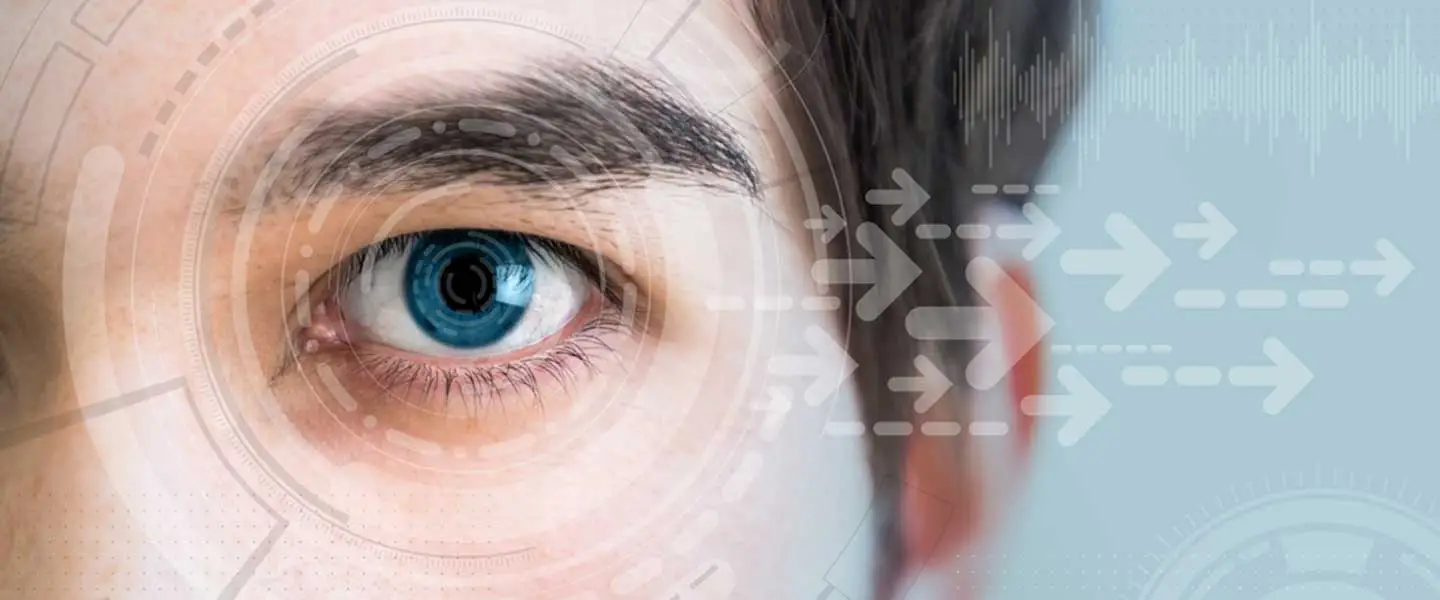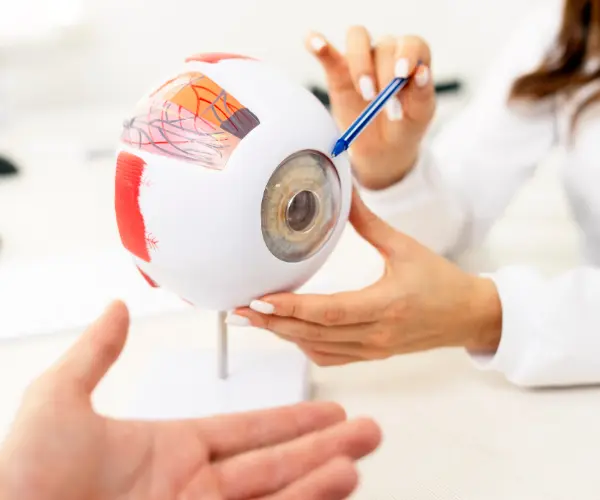Are you tired of constantly switching glasses while reading, working on a computer, or driving? Then EDOF (Extended Depth of Focus) smart lenses might be one of the most advanced and effective solutions developed just for you. EDOF lenses extend your range of clear vision, offering both visual comfort and eliminating some of the disadvantages of traditional multifocal lenses. If you're looking for a more natural, seamless visual experience, this article will provide you with everything you need to know about EDOF lenses.
What Is an EDOF Smart Lens?
EDOF stands for Extended Depth of Focus. These next-generation intraocular lenses are designed to provide sharp, high-quality vision — especially at intermediate and far distances. Unlike conventional multifocal lenses, EDOF lenses offer smoother visual transitions and a more natural viewing experience. With high night vision quality, they are ideal for people who need clear vision at intermediate distances — like using a computer or viewing a car dashboard.
Who Is an EDOF Lens Suitable For?
-
Individuals over 40 who struggle with intermediate vision due to presbyopia
-
Patients with cataracts
-
People who no longer want to rely on glasses or contact lenses
-
Those who experience visual disturbances like halos or glare with multifocal lenses
-
Computer users, drivers, and those who enjoy watching television
-
Anyone seeking a more natural and continuous visual experience
Who Is Not Suitable for an EDOF Lens?
-
Individuals with retinal conditions (e.g., age-related macular degeneration)
-
Patients with advanced diabetic retinopathy
-
Very young patients (especially under 20)
-
People who mainly perform close-up tasks (e.g., heavy readers may prefer multifocal lenses)
How Is EDOF Smart Lens Surgery Performed?
EDOF lens implantation is performed using the same technique as cataract surgery.
Step-by-step procedure:
-
Eye examination: The structure of the eye is evaluated, and suitability for an EDOF lens is assessed
-
Anesthesia: Local anesthesia is administered with eye drops — the procedure is pain-free
-
Natural lens removal: The eye’s natural lens is removed using ultrasound (phacoemulsification method)
-
EDOF lens implantation: The special EDOF lens is placed and secured inside the eye
The procedure takes about 15–20 minutes, and the patient is discharged the same day. Vision typically improves within the first 1–2 weeks.
Advantages of EDOF Smart Lenses
-
Extended focus range: Clear vision at far and intermediate distances
-
Natural viewing experience: Smooth visual transitions with minimal adaptation
-
Improved night vision: Less glare, halos, and light scattering compared to multifocal lenses
-
Reduced dependence on glasses
-
Prevents the development of cataracts
-
Perfect for computer work and driving
Postoperative Care After EDOF Lens Surgery
-
Avoid rubbing or touching your eyes after surgery
-
Refrain from heavy exercise during the first week
-
Use prescribed eye drops regularly and as directed by your doctor
-
Avoid swimming, the sea, and saunas for at least two weeks
-
Wear sunglasses to protect your eyes from UV rays
Is the EDOF Lens a Permanent Solution?
Yes, EDOF lenses are permanent and do not need to be replaced. Since the natural lens is removed, there’s no risk of developing cataracts in the future. In some cases, the lens capsule may become cloudy over time. If this happens, vision can be restored with a simple outpatient laser procedure (YAG laser capsulotomy).
Comparison: EDOF vs. Trifocal vs. Multifocal Lenses
| Feature | EDOF Smart Lens | Trifocal Lens | Multifocal Lens |
|---|---|---|---|
| Number of Focal Points | Extended depth (especially intermediate–distance) | 3 foci: near, intermediate, distance | 2 foci: near and distance |
| Vision Transitions | Natural, smooth transitions | Clear but with noticeable steps | More distinct transition zones |
| Night Vision | Minimal halos and glare | Moderate halo/glare possible | Halos and light scatter more common |
| Computer Use | Excellent | Suitable | Intermediate may be slightly weaker |
| Near Vision | Limited (may require reading glasses) | Strong near vision | Strong near vision |









